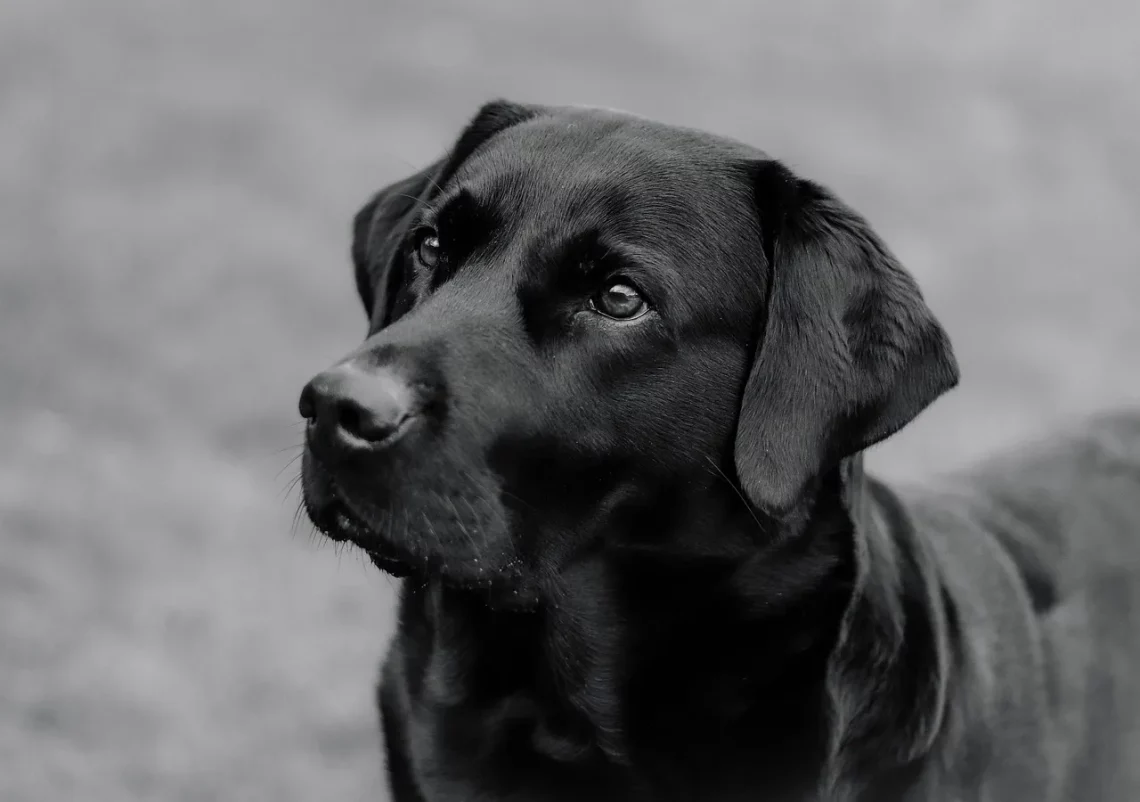-
Understanding Dog Dislocated Shoulder: Symptoms and Treatment Options
A dislocated shoulder is one of the most common injuries in dogs, often resulting from high-impact activities, accidents, or even genetic predispositions. This condition occurs when the humerus, or upper arm bone, comes out of its socket in the shoulder blade. It can be a painful experience for your pet, and recognizing the signs early can make all the difference in their recovery. Understanding how this injury affects your dog, the underlying causes, and the subsequent treatment options is crucial for any dog owner. While the shoulder joint is designed to allow a wide range of motion, it is also vulnerable to dislocation, especially in active breeds or those that…
-
Understanding Torn Meniscus in Dogs: Symptoms, Causes, and Treatment
Understanding a torn meniscus in dogs can be crucial for pet owners, especially those who are active with their furry companions. The meniscus is a C-shaped cartilage that acts as a cushion in the knee joint, and its integrity is vital for maintaining proper joint function. When a dog suffers from a torn meniscus, it can lead to significant pain and mobility issues, impacting their quality of life. This injury can occur due to various factors, including age, activity level, and underlying health conditions. Recognizing the signs of a torn meniscus early can make a significant difference in the treatment and recovery process. While some dogs may exhibit sudden symptoms…
-
Choosing the Right Front Dog Leg Brace for Your Pet’s Needs
Choosing the right front dog leg brace for your pet can be a challenging task, especially when faced with the myriad of options available on the market. Pets, like humans, can suffer from a range of injuries, conditions, or age-related issues that may necessitate the use of a brace for support and healing. A well-fitted brace can provide stability and comfort, allowing your dog to regain mobility and engage in daily activities without pain. However, before making a purchase, it’s essential to understand the specific needs of your pet. Factors such as size, breed, and the nature of the injury all play a crucial role in determining the right type…
-
Understanding Why Your Dog’s Back Legs May Not Be Working
Understanding why a dog’s back legs may not be functioning properly can be a distressing experience for any pet owner. Dogs are not just our companions; they are family members, and witnessing them struggle with mobility can evoke deep emotional responses. Various factors can contribute to this condition, ranging from age-related issues to more serious medical concerns. It’s crucial for pet owners to understand the complexities surrounding their dog’s health and mobility. The back legs of a dog play a vital role not only in movement but also in maintaining balance and stability. When these legs fail to perform as expected, it can significantly affect a dog’s quality of life.…
-
The Benefits of Using a Dog Neck Brace for Recovery and Comfort
The bond between humans and dogs is profound, characterized by mutual affection, loyalty, and companionship. When our canine friends face health challenges or injuries, the emotional toll can be heavy. As responsible pet owners, it is our duty to seek effective solutions to ensure their comfort and recovery. One such solution is the use of a dog neck brace. This specialized support device can play a crucial role in the healing process for dogs recovering from surgeries, injuries, or chronic conditions. By providing stability and limiting movement, a neck brace can facilitate healing while also promoting comfort. However, the choice to use a neck brace involves understanding the specific needs…



















